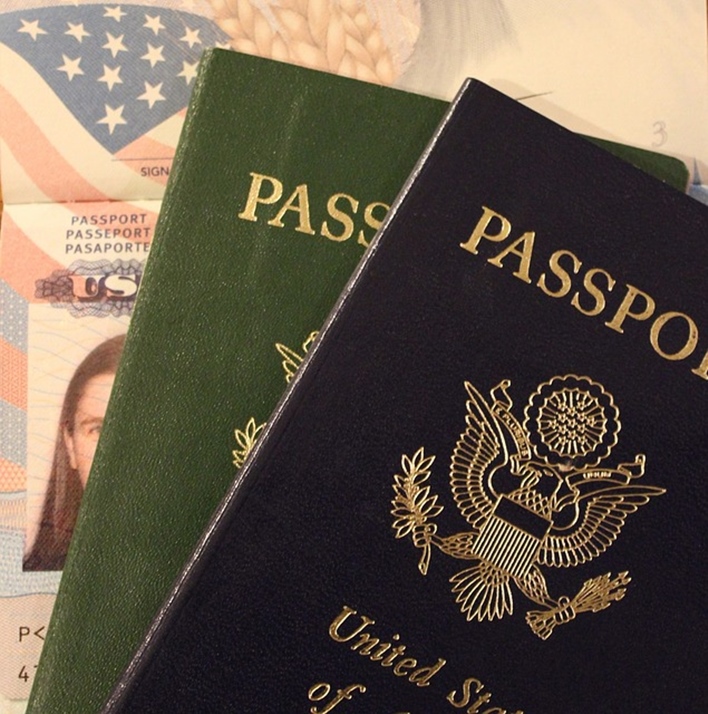- The number of immigrants who became citizens increased by 15% between 2017 and 2018
- Indians are the second largest group of immigrants-turned-citizens
- Eligibility to vote cited as one of the reasons for applying for citizenship
Immigration norms in the USA have been tightened over the past few years to make it increasingly difficult for people to migrate to the country. Interestingly, as immigration becomes more difficult, the value of US citizenship increases. This is clear given the number of immigrants who became US citizens in the fiscal year 2018.

In the first three quarters of 2018, over 544,000 immigrants became US citizens. According to the US Department of Homeland Security, this marked an increase of 15% as compared to the same period in the previous year.
According to data from the USCIS, a total of 707,000 immigrants became US citizens in 2017. However, this increase was not the same throughout the year. While the numbers grew in the first two quarters, they dipped a bit in the third quarter.
Check out – The Indian American Voter In 2020 – The Indian Effect on US Elections
USA Foreign-Born Population Quick Facts
The information is based on the latest American Community Survey (ACS) for 2018
- A total number of the foreign-born population in the USA population as of July 1 2018 – 44.7 million which is 13.7% of the total USA population.
- The total USA population – 327 million
- Indians 2.7 million and Chines 2.9 million
- In 2018 there were only 1.8 million Indians and 2.2 Chines immigrants
- Since 2010 there is a 49% rice in Indian immigrants and a 32% rise in Chines immigrants
Read: Understanding The Demographics Of Indian Americans – Some Interesting Stats
Number Of Immigrants To Get US Citizenship
| Year | Q1 | Q2 | Q3 |
|---|---|---|---|
| 2017 | 106,030 | 159,401 | 207,227 |
| 2018 | 163,270 | 177,010 | 204,195 |
Indians Becoming US Citizens
In 2018, 37,431 immigrants who became US citizens were Indian immigrants. This was about 7% of the total number of immigrants who became US citizens. The same period for the previous year (2017) saw almost 6,000 fewer Indians become US citizens.
Thus, the percentage of Indians getting US citizenship grew by 19%. In comparison, the percentage of Mexicans becoming US citizens grew by 22% and Chinese grew by 18%.
Indians were the second largest group of immigrants after Mexico. Indians were followed by Chinese who accounted for 5% of the total immigrant –turned-citizen population.
Why The Spike In US Citizenship Applications?
One of the many reasons for the spike in citizenship applications is voting in the next year’s elections. Being able to vote will give these immigrants a voice in the US democracy. It will also give them the same rights as other US citizens.
The rapidly changing immigration norms has also made some green card holders hurry to apply to citizenship as the rules may change at any time.
Challenges To Becoming A US Citizen
Immigrants who have been living in the USA legally on a Green Card can apply for citizenship after 5 years. The H1B visa is the most popular visa used to become a citizen of the USA. Alternatively, immigrants can apply for citizenship 3 years after marrying a citizen.
The individual must be over the age of 18 years, must be able to speak, read and write English fluently and must have good moral character.
In addition, prospective US citizens must also pay an application fee of $725 and pass a citizenship exam. This exam can be quite challenging even to people who have spent their entire life in the country.
US Citizenship Applications – Backlog
As the number of people applying for citizenship increases, the backlog of citizenship applications is also rising. Applications processing has been delayed and the backlogs are at a record high. On an average, an application takes about 10 months to be processed.
After the application is processed, it could take a further year and a half for the individual to complete other formalities such as biometrics, the citizenship exam, interview and oath ceremony before becoming a citizen. Thus, streamlining the citizenship process will be one of the critical issues in the 2020 elections.
According to data by the USCIS, the application backlog has increased by 4,000 to reach 738,000 in the fiscal year 2018. This is despite a drop of 183,000 in the overall number of applications received during the year.
| Year | Applications Received | Backlog |
|---|---|---|
| 2017 | 987,000 | 734,000 |
| 2018 | 804,000 | 738,000 |
Also See
- The Average American Supports High Skilled Immigrants In The USA
- Illegal Migrant Population in the USA is Dipping
- Asians to Account for the Highest Percentage of Migrants in the USA
- Trump’s Merit Based Immigration And Green Card System – Key Points
- Changing Demographics Of Immigrants In The USA